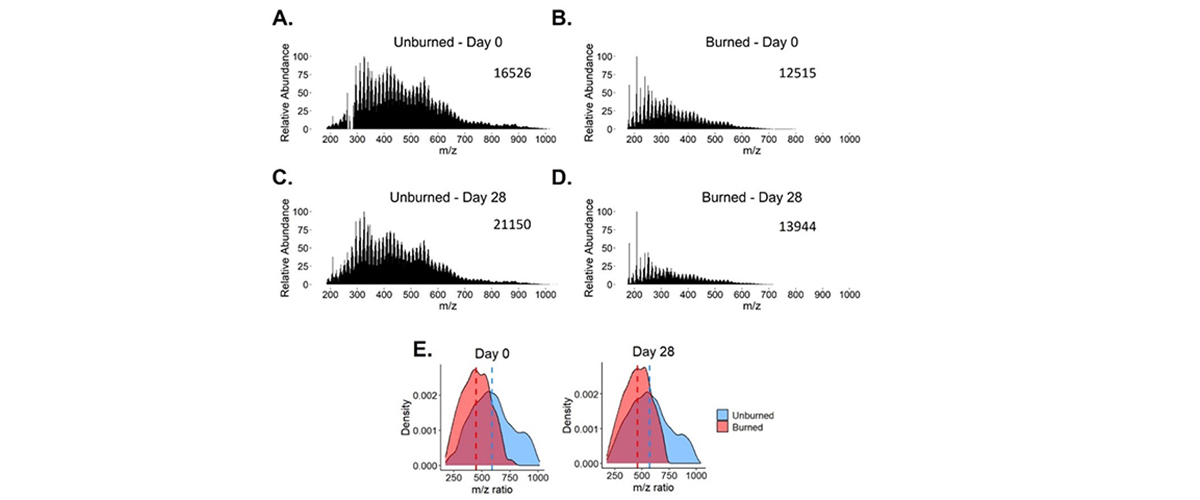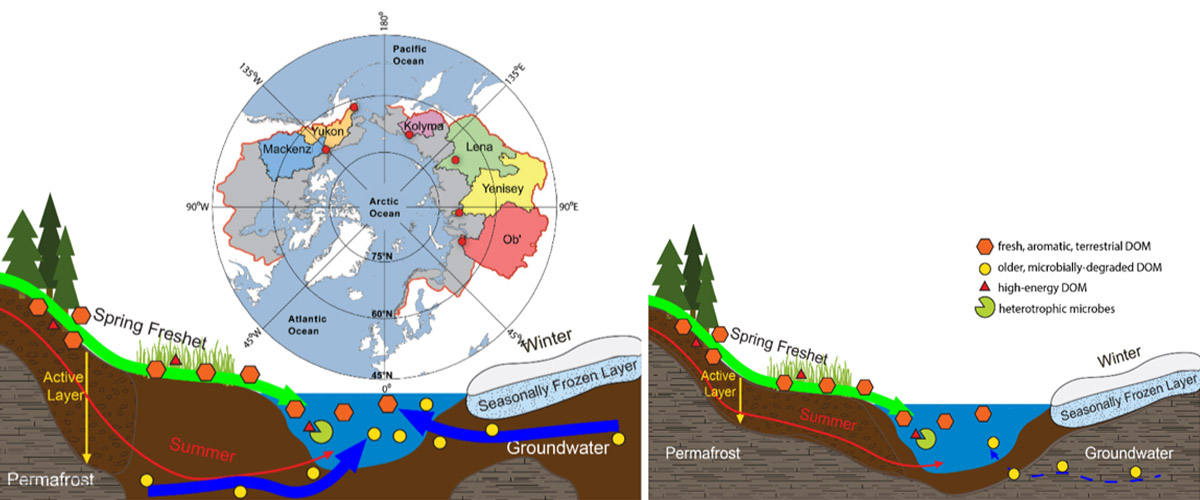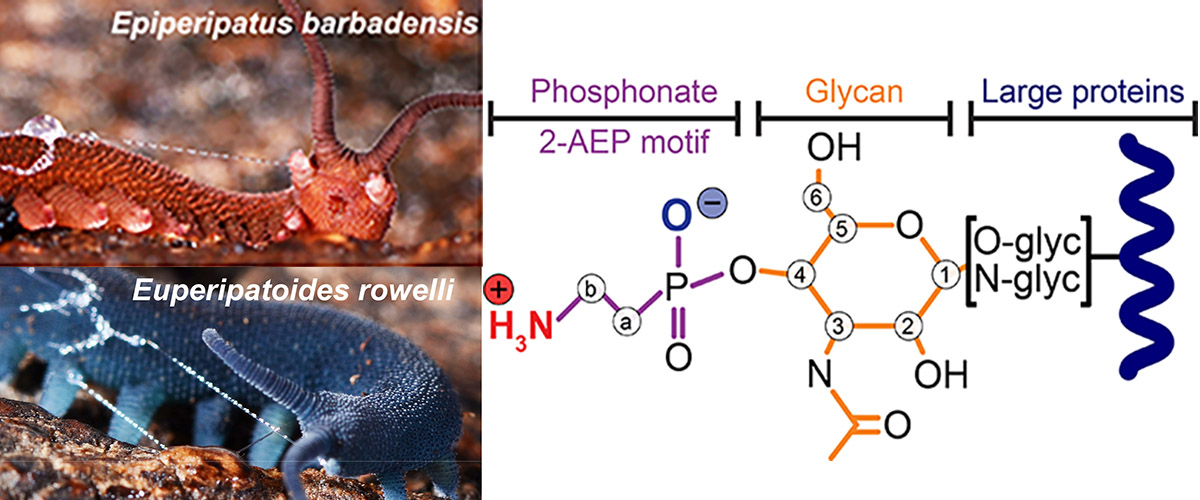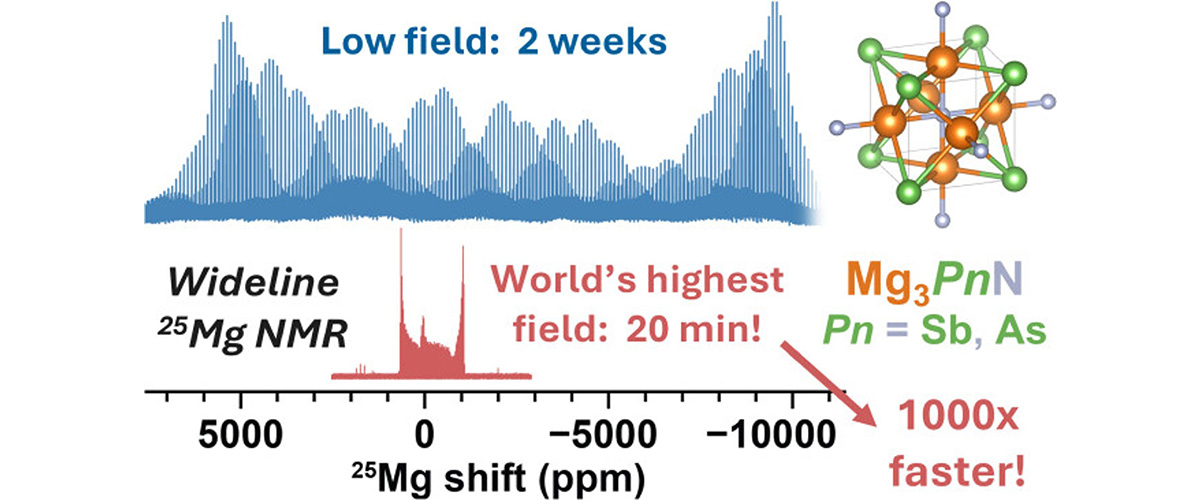What did scientists discover?
Wildfires change the makeup of soil molecules that provide nutrients for microbes. While wildfires are known to kill many soil microbes and create more stable soil molecules, this study shows that biodegradable molecules and some microbes still survive after intense burning. The surviving microbes remain active and can process the diverse organic matter in the burned soil, meaning that these environments are not completely sterile or dominated by fire-resistant materials.
Why is this important?
Wildfires, which burn millions of hectares annually, are a natural part of fire-adapted ecosystems. However, in the past 50 years, they have become more frequent, severe (burning more vegetation and organic matter), and intense (producing higher temperatures and energy). With wildfires expected to grow in size, it's crucial to understand how they affect soil chemistry and properties to better grasp their impact on ecosystems.
Who did the research?
Jacob P. VanderRoest1, Julie A. Fowlers1, Charles C. Rhoades2, Holly K. Roth1, Corey D. Broeckling1, Timothy S. Fegel2, Amy M. McKenna1,3, Emily K. Bechtold1, Claudia M. Boot1, Michael J. Wilkins1, Thomas Borch1,2
1Colorado State U.; 2Rocky Mountain Research Station; 3National MagLab
Why did they need the MagLab?
Soil is made up of thousands of different molecules containing elements like carbon, hydrogen, oxygen, and more. Identifying each of these molecules requires advanced technology. The 21T FT-ICR mass spectrometer is the only tool that can routinely separate molecules with extreme precision, even down to tiny differences in mass, which is crucial for studying soil and how its chemical makeup changes after a wildfire.
Details for scientists
- View or download the expert-level Science Highlight, Wildfire Impacts on the Biodegradability of Soil Organic Matter
- Read the full-length publication, Fire Impacts on the Soil Metabolome and Organic Matter Biodegradability, in Environmental Science and Technology Data Set
Funding
This research was funded by the following grants: K. M. Amm (NSF DMR-2128556); T. Borch, MJ. Wilkins (NSF DEB-2114868); USDA (AFRI 2021-67019-34608).
For more information, contact Kristina Hakansson.






